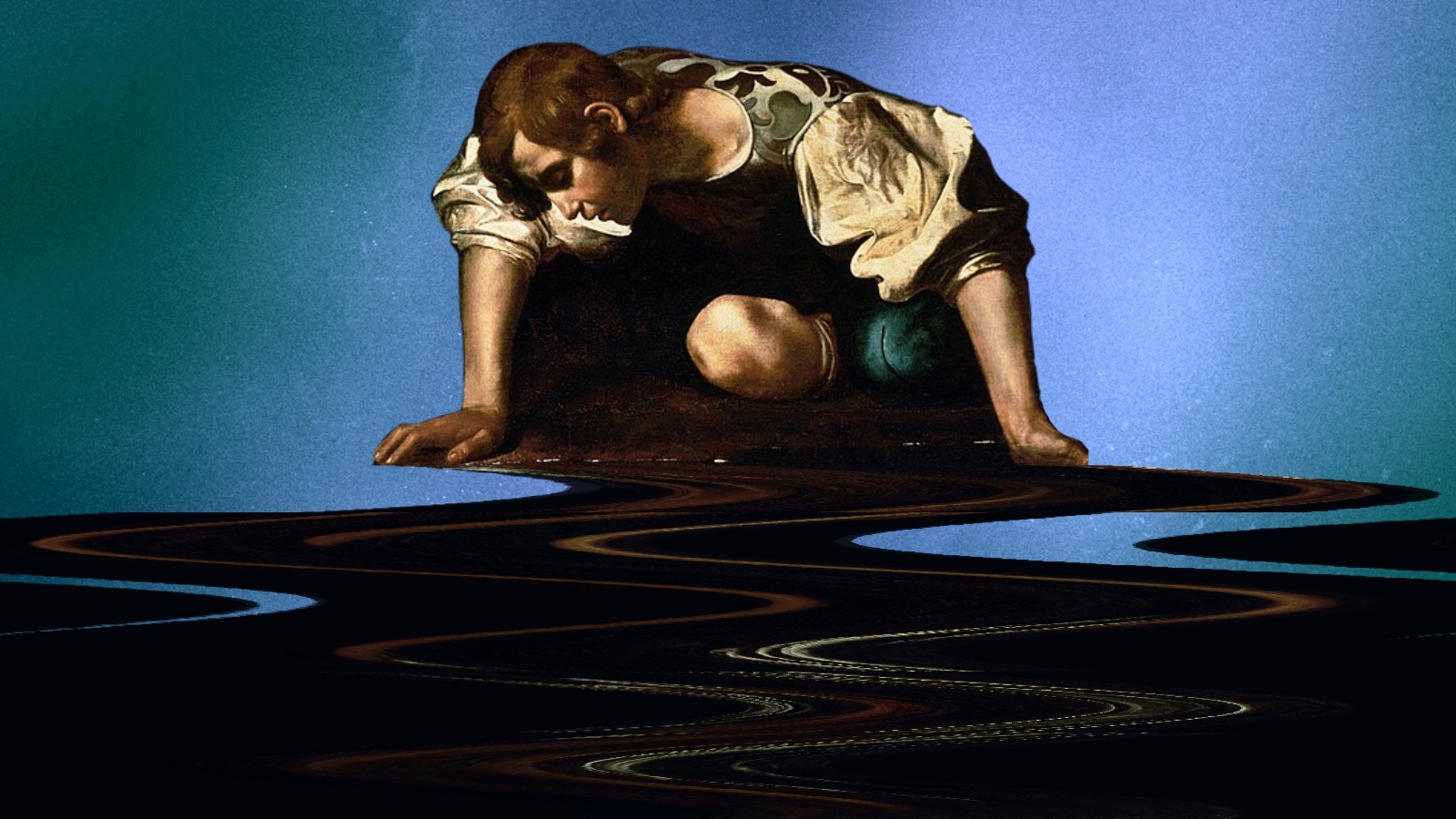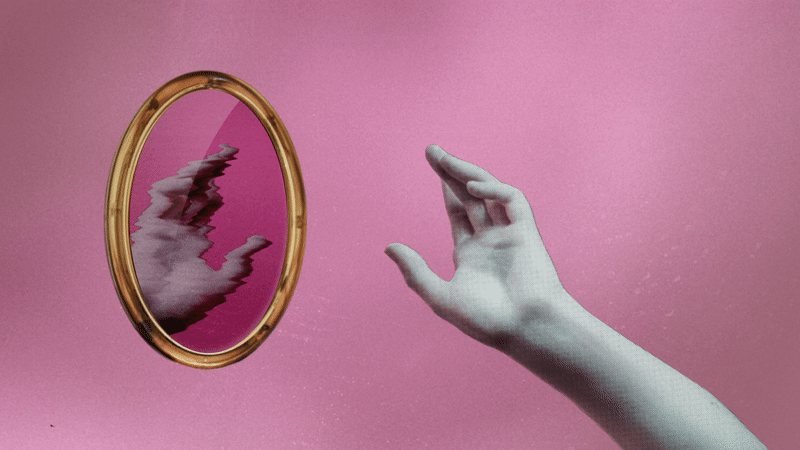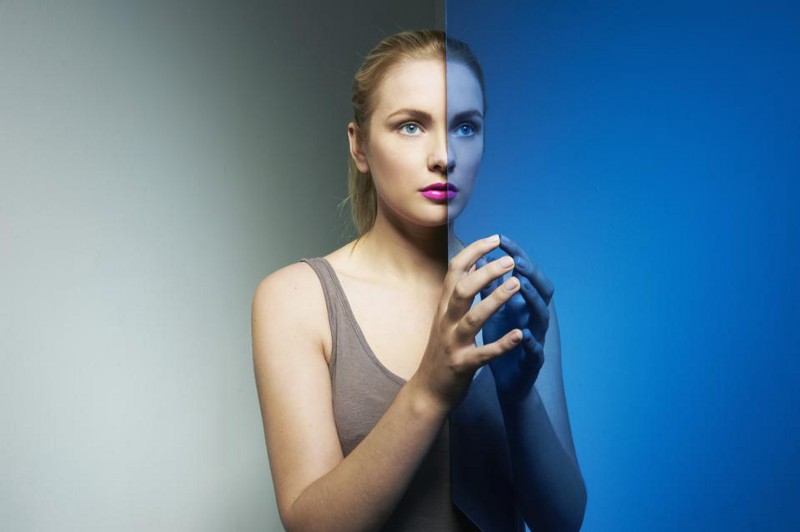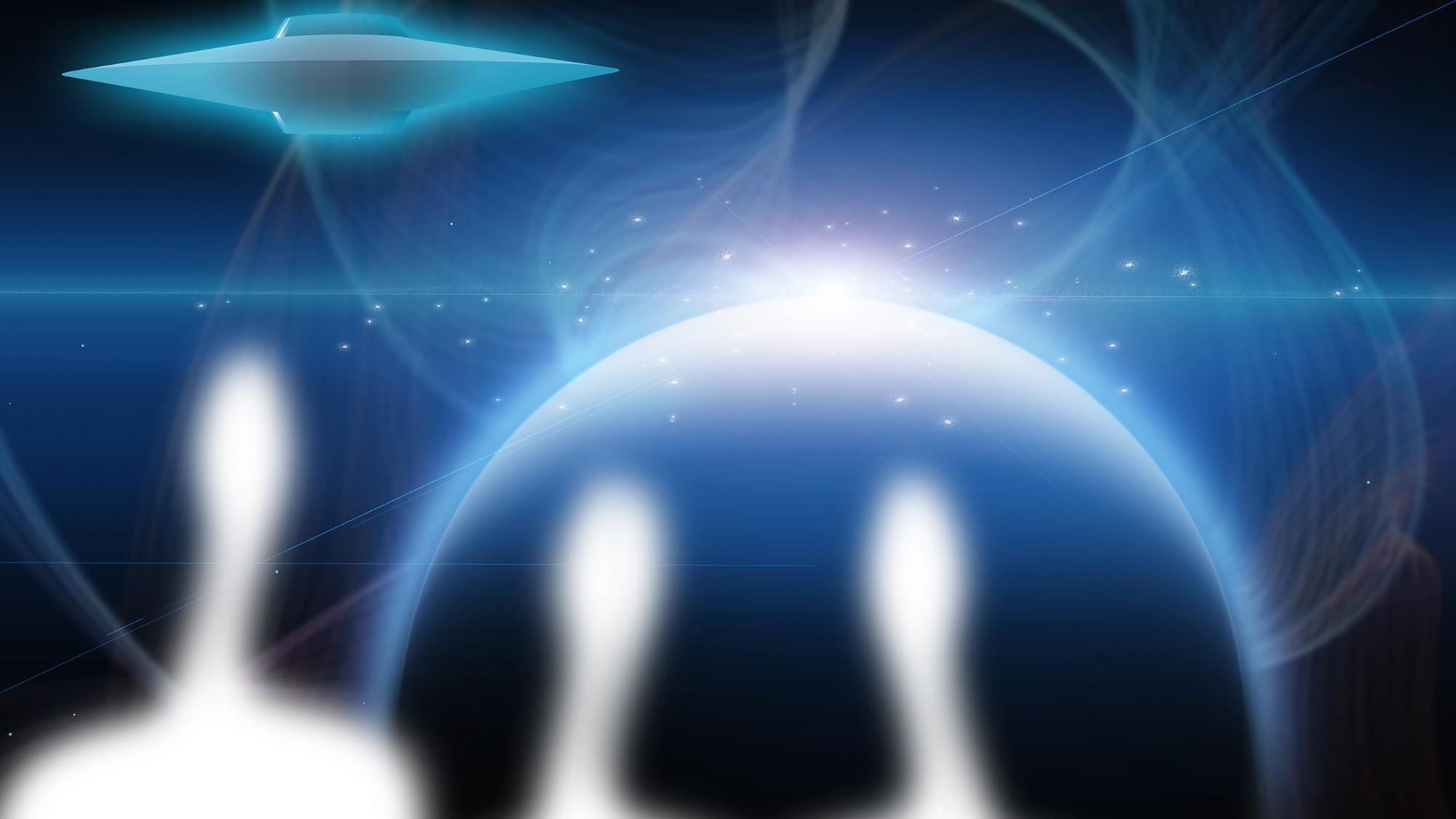Mirrors are the single biggest invention to forever change our perception of self

- The mirror is a relatively new invention for humankind, although throughout history, people have gazed at their reflection in anything — including pools of water.
- Soon after its invention, the mirror quickly became a tool for accessing the magical and otherworldly. Most importantly, it became a tool for understanding ourselves, and understanding how others see us.
- Ever since, scholars, both ancient and contemporary, have pondered whether our sense of self relies on being able to accurately see ourselves.
Though we use mirrors to see ourselves clearly, their history is filled with mystery and marvel — as though we are gazing through a “glass darkly,” so to speak. Though we take mirrors for granted, it may be no exaggeration to claim that the humble mirror could be the single biggest technological invention that forever altered our sense of self.
Catoptromancy
Historians cannot know for certain when humans became enchanted with their own reflection, though the ancient Greek myth of Narcissus would suggest that we have gazed upon ourselves for quite some time. Indeed, as early as 6200 BCE at Çatal Hüyük in Turkey, weapon-savvy Stone Age people were crafting their first man-made mirrors by polishing obsidian, a volcanic rock. Women from the farming town were buried with these small mirrors in hand, according to records from the discovery in the 1960s at an archaeological site.
Similar artifacts have been traced to El-Badari in Egypt, dating back to 4500 BCE, made of selenite, a whitish crystal, and framed with wood. Then came metal mirrors, during the Copper Age, as skilled craftspeople in Mesopotamia forged ores into reflective surfaces, starting in 4000 BCE. The Etruscans and Greeks followed suit, refining their mirrors from thin disks of thoroughly polished, convex bronze.
Since then, these makeshift looking glasses quickly became objects of wonder for something well beyond what could already be seen with the eyes. Atop of gazing at oneself, mirrors were soon shrouded with a veil of mystery and magic, because they were hard to make sense of — and humans like to fill those gaps in knowledge with stories of the wonderful.
All over the world, independently, examples of societies doing catoptromancy — the psychic art of divination through mirrors — began to emerge. (When the evil witch from Snow White asked her mirror for answers about her future and destiny, infamously uttering the words, “Mirror, mirror on the wall,” she was practicing catoptromancy.) Mirrors soon became ceremonial objects as well as portals into the paranormal and mediums for seeking help from the gods. Generations of superstition led people to believe that mirrors could make your wishes come true, or steal your soul.
Glass mirrors
It took a while to discover that mirrors could be made of glass too, and glass mirrors provide a much more faithful reflection than a shiny piece of rock. On the island of Murano, Italy, Venetian artisans of the 13th century shaped gorgeous, gleaming, glass mirrors, giving all of Europe something to envy. Since then, around the time of the Renaissance, mirrors took on the more familiar role that we know today.
The mirror became the ultimate physical tool for introspection and learning about oneself, including one’s role in society, because it allows a person to scrutinize their own face, with its expressions, shapes, and character signs, according to Sabine Melchior-Bonnet, historian and author of The Mirror: A History. She tells Big Think that, while digging through old inventories for her research, she noticed that mirrors were particularly popular with the middle class because it allowed them to mimic the upper classes in both appearance and demeanor. However, the upper class had little use for mirrors, because their noble origin was enough for them to know “I am who I am!” Melchior-Bonnet says.
From there, knowing oneself became a crucial theme of the Renaissance and the times to come, and the mirror became a tool to do so. But, according to Melchior-Bonnet, the psychological fallout of this phenomenon has been difficult to pin down.

Mirror, mirror on the wall: Who am I?
Humans, already at the age of two, are able to recognize themselves in a mirror, perhaps a crucial moment in a person’s development of a sense of self. But how much of our sense of self would be changed if we hadn’t ever seen a truthful reflection of ourselves? That is a question that philosophers, both ancient and contemporary, have pondered, Mark Pendergrast, author of Mirror Mirror: A History of the Human Love Affair With Reflection tells Big Think.
Obviously, blind people don’t need a mirror to have a sense of self, and neither did ancient or Indigenous peoples who lacked the technology. But surely, being able to look at oneself in the mirror has some sort of psychological impact, says Pendergrast. How much impact, though, is hard to know, because it is difficult to separate the mirror from the self.
“A lot of the Shuar kids that I work with, they were fascinated with their own reflection,” Dorsa Amir, a UC-Berkeley evolutionary anthropologist, tells Big Think. “They just really wanted to see what they looked like, because it was such a novelty, and it’s hard for us to simulate what that actually feels like.” Amir recounts that when she first went to do field work with indigenous tribes and she didn’t bring a mirror, not seeing her reflection for weeks at a time led to a feeling of disconnection from herself.
“There are a lot of these basic instincts and urges that have always existed. Like wondering how other people perceive you. That’s just like a fundamental human thought, right?” Amir says.
Amir notes that with the advent of video meetings, a lot of users look at themselves when they speak on a call. Yet, prior to now, it would have been very strange to know exactly what you looked like while talking to somebody else. Surely, this has led to changes in our behavior during meetings. “All these technological innovations are really intensifying all of these base urges. It’s hard to overstate how intensely they have ‘poured gasoline on’ all of these things,” Amir adds.
Indeed, just like the middle class of the Renaissance, we use mirrors (or Zoom) to see what other people see when they look at us, Tara Well, a psychologist at Barnard College and author of Mirror Meditation, tells Big Think. This can become problematic if we obsess on our own image and the often unrealistic beauty standards set by society. The key is to avoid seeing yourself as an object and to use the mirror to get a deeper appreciation of your sense of self, Well says. We should look at ourselves as if we are looking at a friend.
Non-reversing mirrors
The image we see in the mirror is, of course, not a “true” representation of ourselves — but an image in reverse. Our brain has gotten used to that, which is why studies show that people prefer their mirror image to their “picture image” — a psychological phenomenon perhaps caused by the “mere exposure effect,” the finding that we like things that are more familiar. “This is why your friends may love a photo of you, but you don’t think it’s flattering at all,” Well says. “Your friends are used to seeing your ‘true’ image, and you are used to seeing your mirror image.”
Some scholars argue that the flipped image we see in a mirror has caused us to misinterpret ourselves all throughout history. Instead, a non-reversing mirror gives back the image of what you look like to other people, not the “flipped,” reflected version.
“Our minds are different on the left and the right, and as we think and feel different things, and then express them to others, our eyes and face will convey that information asymmetrically,” says John Walter, the thinker and inventor behind True Mirror. “The problem is that in mirrors, that information is swapped. It can be close, but the interpretation of that information is going to be faulty… the thoughts and emotions that we have are not matched by what we are seeing.”
One cannot help but wonder whether Narcissus still would have drowned had he known that he didn’t actually look like what he saw in the reflection.





